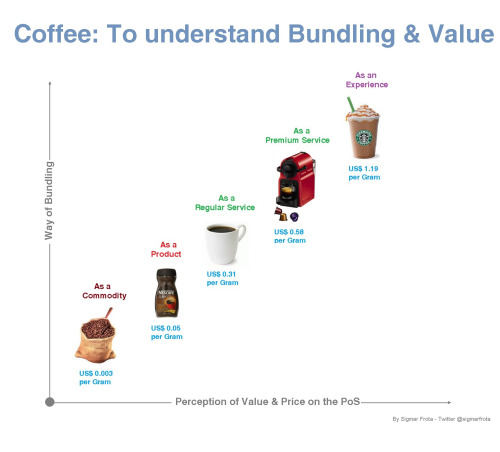Unbundling Planning To Get More Client Engagement

by Tony Vidler ![]()
![]()
![]()

Unbundling planning creates higher numbers of prospects and clients engaging in full financial planning, and can lead to higher revenue per client as well. More clients engaging in more comprehensive advice and creating higher lifetime value per client. That has to be worth thinking about doesn’t it?
When we try to engage a client in a full financial planning process it is a daunting prospect for them, as well as appearing expensive. Fundamentally we are bundling up all of our knowledge and processes, and all of the resources of the practice into this thing called a financial plan. There is a lot of overhead in the form of practice resources to cover, and a lot of time and expertise on the part of an adviser to factor in and it is pretty rare for a financial planner to fully charge out the time invested in creating a comprehensive plan.
If we priced a full financial plan at its full value it would generally be somewhere around 20 hours of the professionals time, and the professionals hourly rate should typically be somewhere north of $275/hour. Definitely more than that if the planner operates out of expensive central city premises, has state of the art secure IT systems, is supported by first class (expensive!) people, and so on….it is not unreasonable in the professional sense for a planner to charge out at the same rate that the other proessionals such as lawyers, architects and accountants do.
So a full financial plan should be costing somewhere north of $5,500 per client if everything was charged out properly. Most Planners here would struggle to get new clients to pay more than $3,000….so that is quite a “loss leader”, right?
$5,500 is a hefty price tag for someone to stomach when they are not even entirely sure what this “financial planning” thing is all about and it sounds like a pretty drawn out and intrusive sort of process…..and that becomes a barrier to engagement. Heck; $3,000 is a big enough barrier.
If we were to take the planning process and “unbundle” it by breaking it down into a series of smaller and more affordable engagements then there are a number of positive potential outcomes.
For most professionals their basic resource which the clients think they are trying to sell is “time”, and the planners time is not really especially valued by most clients. They are motivated to pay for a particular outcome, be that obtaining a product, receiving a service, or engaging in an experience. To clients the amount of time the professional needs to “spend” to deliver that is usually irrelevant. They don’t care how long it takes you in other words.
If we were to suggest to clients that the value of our time was $275/hour, and for that we would be prepared to drink coffee with them and talk about the weather there would usually be a very low engagement rate. If on the other hand we were completely sure that we could deliver a certain income stream to a client in the future which would last them their lifetime and alleviate all their concerns, then a fee of $10,000 to achieve that would probably be considered reasonable for solving their income needs for life.
Clients are valuing the outcome, not the raw ingredients which was required to produce it. One of my favourite graphics to describe this concept uses a simple analogy of the perception of value in coffee (something else I love!). The raw resource has value for sure, but the presentation of it as a product, service or experience has a dramatic impact upon the value obtained from the resource.

So how might we unbundle planning?
For the purpose of the example let’s say that the key components of a financial plan are:
You can unbundle the entire planning process simply by offering each component as a standalone plan, or service, at a fixed price point. Many of these components are little more than (say) 2-3 hours work by themselves, so some certainty can be created around pricing.
For instance:
Total cost of each unbundled planning element = $5,750.
More importantly though, most clients will be able to understand the full financial planning process better and see the work and the value it can create. In addition, many will zero in on an aspect which happens to be important to them now (or in the short term), such as “debt management” for instance, and perceive that a $750 fee to have a plan to own their home faster outright and to manage a variety of debts better is a worthwhile investment.
Certainly more prospects and clients will engage in “limited” planning, but limiting the planning to a particular aspect which is relevant to them at this point in time is the beginning of having them engage in the entire planning process. All we are doing for many clients is creating an easy entry point for them, whereby we allow them to focus on a particular aspect which seems the most important to them in the short term, and break down the cost barrier for them.
Unbundling the planning process – or the full financial plan itself – is a fabulous way to have more clients engage in planning services by allowing them to choose where the planning journey begins.
Comments (3)